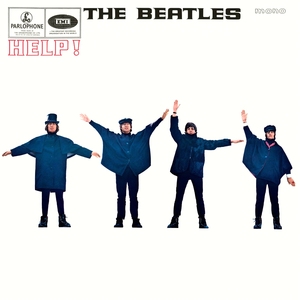Their body language would be transmitted by sound.
Living in the dark underwater restricts vision to close distances. So visual communication would be like whispering in that it is covert and short range.
These merfolk would have exceptionally precise hearing, because sound travels farther and faster underwater. It's the best way to detect oncoming animals, and if they use sonar, they could see stationary barriers.
This means that they could 'see' people's body language through sound. When you move your hand really fast in the air, you can hear it 'whoosh.' This effect would happen all the time with merfolk. Body language would be subtle sounds of your body moving through the water.
As for the content, do the merfolk inhabit a similar world to ours? Because unless they have some hyperadvanced humanlike modern civilization underwater, they probably have to deal with the various predators or prey they interact with, resulting in primal emotion communication.
Since they are basically fish in terms of their movement, they might convey emotions of fear or aversion by twitch-like motions, reminiscent of a fish darting in response to a predator. A turn of the tail helps rotate you around, so maybe it's a gesture to indicate turning your back on someone, or changing your mind.

